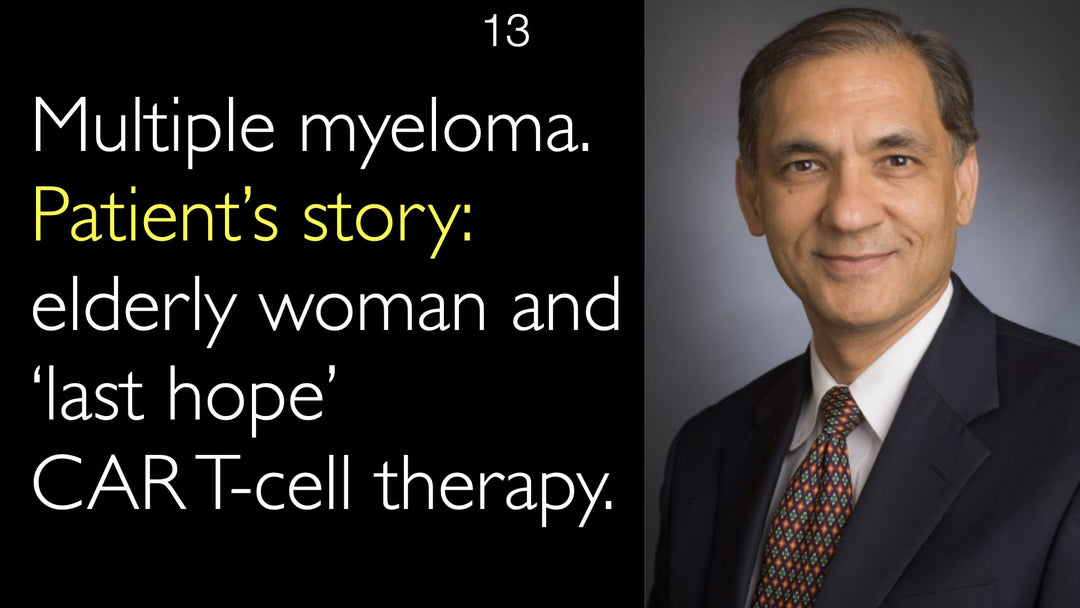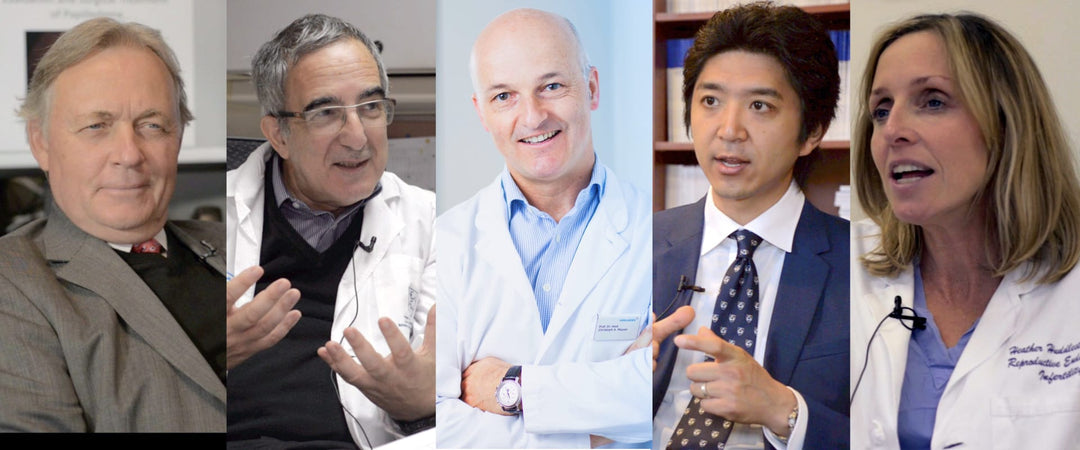Interventionaalisen kardiologian asiantuntija, lääketieteen tohtori Jeffrey Popma, käsittelee hoitostrategioita potilaille, joilla on sekä vaikea aorttaläpän ahtauma että sepelvaltimotauti. Hän käy läpi 85-vuotiaan potilaan monimutkaisen kliinisen tapauksen. Tohtori Popma kuvailee yksityiskohtaisesti päätöksentekoprosessin transkatetraalisen aortaläpän korvauksen (TAVR) ja sepelvaltimoiden stenttauksen priorisoinnista. Hän korostaa, miten aortaläpän korvaus voi parantaa sepelvaltimoiden verenkiertoa ja lievittää rintakipua. Tohtori Popma tarkastelee myös nykyisiä hoitosuosituksia näiden yhteissairauksien hoidossa.
Optimaaliset hoitostrategiat yhdistetylle aorttaläpän ahtaumalle ja sepelvaltimotaudille
Hyppää osioon
- Yhdistetyn sydäntaudin haaste
- Kliininen tapausesitys
- Aorttaläpän korvaamisen hyödyt
- Sepelvaltimoiden uudelleenverenvuodon ohjeistukset
- Hoidon päätöksenteko
- Koko tekstitys
Yhdistetyn sydäntaudin haaste
Potilaiden hoito, joilla on sekä aorttaläpän ahtauma että sepelvaltimotauti, on merkittävä kliininen haaste. Tohtori Jeffrey Popma, MD, kuvailee tätä yhtenä nykykardiologian vähiten tutkituimmista aihealueista. Keskeinen kysymys on näiden kahden sairauden optimaalinen hoitojärjestys. Kliinikkojen on päätettävä, suoritetaanko sepelvaltimoiden uudelleenverenvuoto ennen aorttaläpän korvausta, samanaikaisesti vai sen jälkeen.
Päätöksellä on merkittävä vaikutus potilasturvallisuuteen ja pitkän aikavälin hoitotuloksiin. Tohtori Jeffrey Popma, MD, korostaa näiden tapausten monimutkaisuutta keskustelussaan tohtori Anton Titovin, MD, kanssa.
Kliininen tapausesitys
Tohtori Jeffrey Popma, MD, esittelee tyypillisen tapauksen 85-vuotiaasta miehestä, jolla on useita sydän- ja verisuonisairauksia. Potilaalla oli vaikea aorttaläpän ahtauma laajan sepelvaltimotaudin ohella. Sepelvaltimorakenteeseen kuului kriittinen, jopa 90 % ahtautunut vasemman etuhaaran laskimo (LAD) proksimaalisesta osasta keskiosaan.
Potilaalla oli myös 50 %:n ahtauma oikean kiertävän sepelvaltimossa. Oireisiin kuului tyypillistä rintakipua ja merkittävää hengitysvajetta. Tapaus havainnollistaa monimutkaista päätöksentekoa, jota vaaditaan, kun useat sydäntaudit esiintyvät rinnan iäkkäillä potilailla.
Aorttaläpän korvaamisen hyödyt
Aorttaläpän korvaus, olipa se TAVR-menetelmällä (transkatetraattinen aorttaläpän korvaus) tai avoleikkauksella, tarjoaa merkittäviä fysiologisia hyötyjä. Tohtori Jeffrey Popma, MD, selittää, että aorttaläpän ahtauman lievittäminen parantaa sepelvaltimoiden verenkiertoa dramaattisesti. Toimenpide laskee vasemman kammion loppudiastolista painetta.
Se vähentää myös koko sydämen myokardin hapentarvetta. Nämä yhdistetyt vaikutukset usein poistavat angina-oireet ilman ylimääräistä sepelvaltimoiden interventiota. Tohtori Jeffrey Popma, MD, huomauttaa, että tämä ymmärrys on muuttanut kliinikoiden aggressiivisuutta sepelvaltimoiden stenttaushoidossa aorttaläpän ahtauman potilailla.
Sepelvaltimoiden uudelleenverenvuodon ohjeistukset
Nykyiset ohjeistukset antavat erityisiä suosituksia samanaikaisen sepelvaltimotaudin hoidosta. Tohtori Jeffrey Popma, MD, viittaa American College of Cardiologyn tohtori Steve Rameen laatimaan ohjeistukseen. Suositukset viittaavat siihen, että sepelvaltimoiden uudelleenverenvuoto on edelleen indikoitu tietyille sepelvaltimovaurioille.
Proksimaaliset LAD-vauriot ja vasemman päälaskimon tauti yleensä vaativat interventiota. Tohtori Popman mukaan uudelleenverenvuodolla on kaksi päätarkoitusta: se parantaa aorttaläpän korvausleikkauksen turvallisuutta ja ratkaisee mahdolliset sepelvaltimopääsyongelmat, jotka voivat ilmetä TAVR-toimenpiteen jälkeen.
Hoidon päätöksenteko
Hoidon järjestyksen valinta vaatii huolellista useiden tekijöiden harkintaa. Esitetyssä tapauksessa tohtori Jeffrey Popma, MD, ja hänen tiiminsä päättivät hoitaa sepelvaltimotaudin ensin. He asettivat pitkän Synergy-stentin kriittisesti ahtautuneeseen LAD-laskimoon.
Tämä lähestymistapa mahdollisti sepelvaltimoiden verenkierton vakauttamisen ennen TAVR-toimenpidettä. Potilas ajoitettiin palaamaan transkatetraattiseen aorttaläpän korvaukseen kuukauden kuluttua. Tohtori Popma myöntää tohtori Anton Titoville, MD, että optimaalinen lähestymistapa on edelleen epävarma näissä monimutkaisissa tapauksissa.
Tapaus korostaa läppä- ja sepelvaltimotaudin hoidon jatkuvaa kehitystä.
Koko tekstitys
Tohtori Anton Titov, MD: Potilas, jolla on aorttaläpän ahtauma ja laaja sepelvaltimotauti – kuinka valita paras hoitovaihtoehto? Hoidetaanko aorttaläppä ensin vai aloitetaanko sepelvaltimoiden stenttauksella? Onko olemassa kliinistä tapausta, jota voisit käsitellä?
Tohtori Jeffrey Popma, MD: Kyllä. Voin jättää sinulle epävarmuutta siitä, mitä meidän pitäisi tehdä. Päivittäisen sydänpotilashoidon haastavimmat ja vähiten tutkitut alueet liittyvät tähän. Kyse on potilaista, joilla on sepelvaltimotauti ja samanaikainen aorttaläpän ahtauma, ja heidän uudelleenverenvuodostaan.
Tohtori Jeffrey Popma, MD: On vaikea päättää, suoritetaanko sepelvaltimotaudin hoito ennen aorttaläpän korvaamista, samanaikaisesti vai jälkeen. Keksin tapauksen, joka ei poikkea paljon meillä pari viikkoa sitten olleesta tapauksesta.
Tohtori Jeffrey Popma, MD: 85-vuotias mies, yleisesti terve, jolla on pitkä, jopa 90 % ahtautunut vasemman etuhaaran laskimo (LAD) proksimaalisesta osasta keskiosaan. Potilaalla on myös 50 %:n ahtauma oikean kiertävän sepelvaltimossa. Hänellä on lisäksi vaikea aorttaläpän ahtauma. Potilaalla on rintakipuoireita ja hengitysvajetta.
Tohtori Anton Titov, MD: Tiedämme aorttaläpän ahtaumasta seuraavaa. Se on uutta tietoa.
Tohtori Jeffrey Popma, MD: Voimme yksinkertaisesti lievittää aorttaläpän ahtaumaa transkatetraattisella aorttaläpän korvauksella, TAVR:lla. Tai voimme tehdä avosydänleikkauksen aorttaläpän korvaamiseksi. Sitten tiedämme, että vasemman kammion loppudiastolinen paine laskee.
Tohtori Anton Titov, MD: Tämä johtaa parempaan sepelvaltimoiden verenkiertoon. Tämä johtaa vähempään myokardin hapentarvetta. Nämä kaikki ovat hyviä asioita. Angina pectoris häviää.
Tohtori Jeffrey Popma, MD: Olemme oppineet, että meidän ei tarvitse olla niin aggressiivisia sepelvaltimoiden stenttausmenetelmien kanssa potilailla, joilla on aorttaläpätauti. Koska usein myokardin hapen saanti ja tarve muuttuvat erittäin suotuisasti. Kun olemme suorittaneet aorttaläpän korvauksen, sydämen hapen saanti paraneekin.
Tohtori Jeffrey Popma, MD: Kuitenkin tässä nimenomaisessa tapauksessa potilaalla oli myös 90 %:n LAD-este. Potilailla, joilla on vasemman päälaskimon proksimaalinen LAD-vaurio tai proksimaaliset oikeanpuoleiset vauriot, on vaikea hoito.
Tohtori Jeffrey Popma, MD: Nykyiset ohjeistussuosituksemme perustuvat American College of Cardiologyn ohjeistusasiakirjaan, jonka laati tohtori Steve Ramee. He ehdottavat, että sepelvaltimoiden uudelleenverenvuoto saattaisi olla indikoitu näille potilaille. Sepelvaltimoiden stenttaus on indikoitu kahdesta syystä.
Tohtori Jeffrey Popma, MD: Yksi syy on tehdä toimenpiteestä turvallisempi. Tämä tekee aorttaläpän korvaustoimenpiteestä turvallisemman. Toiseksi, transkatetraattisten aorttaläpien kanssa voi olla ongelmia sepelvaltimopääsyn suhteen. Silloin on parempi saada sepelvaltimotaudin hoito tehtyä ennen aorttaläpän korvaamista.
Tohtori Anton Titov, MD: Se saattaa olla parempi kuin sepelvaltimoiden stenttauksen suorittaminen aorttaläpän korvaamisen jälkeen.
Tohtori Jeffrey Popma, MD: Tässä tapauksessa teimme potilaan LAD-stenttauksen. Laitoimme pitkän Synergy-stentin ja avasimme sepelvaltimon. Potilas tulee sitten takaisin kuukauden kuluttua. Teemme TAVR-toimenpiteen. Emme ole vielä selvittäneet, mikä on oikea vaihtoehto.
Tohtori Anton Titov, MD: Sepelvaltimotaudin ja aorttaläpätaudin yhdistelmä. Se on ehdottomasti erittäin mielenkiintoinen tapaus. Se on erittäin monimutkainen sydäntaudin hoidon tapaus. Professori Popma, kiitos paljon tästä erittäin mielenkiintoisesta keskustelusta. Toivomme palaavamme luoksesi lisäkysymyksin tulevaisuudessa. Olen varma, että se on erittäin mielenkiintoista katsojille ympäri maailmaa.
Tohtori Jeffrey Popma, MD: Kiitos, että saoin olla mukana!







